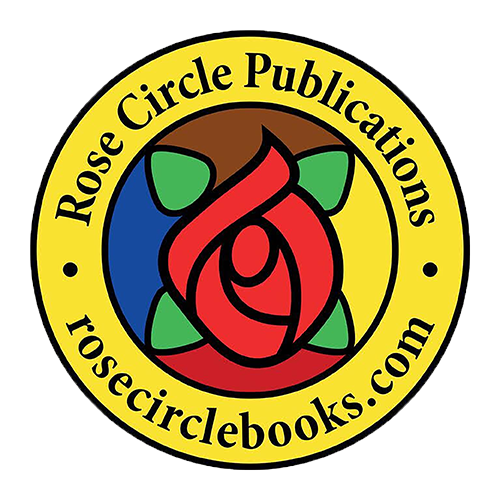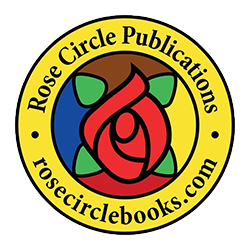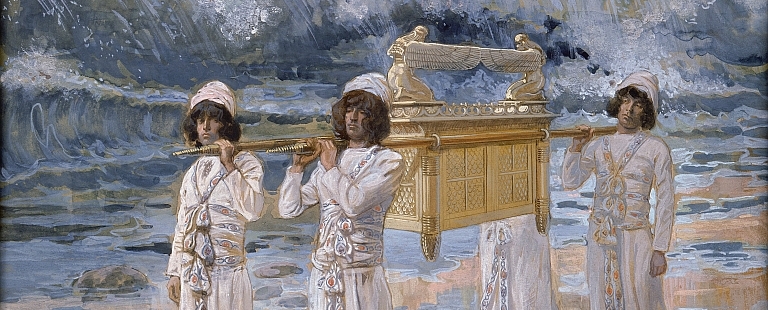Ark of the Covenant: God-in-a-Box or a Prison?
In an Appendix to his book on Martinism, written in 1946, immediately after World War II, Robert Ambelain included an Appendix concerning the Ark of the Covenant. It is a fascinating look at this sacred object, and raises a number of questions not previously considered.
I translated the book – and the Appendix – around 18 years ago. I have attached it here so those who are interested can read the original article.
People have often observed that there seem to be two cults described in the Torah (ignoring the many lapses into paganism which appear to have occurred on a regular basis). The first is mentioned in Genesis, when Abram meets Melchizedek, who is described as being a Priest of El Elion, or the Most High God. He offers a symbolic sacrifice of sharing bread and wine [Gen. 14:18]. The second is that of Moses, when the Cohenim are established [Ex. 28:1]. This second cult appears to be far more bloodthirsty, and multiple animal sacrifices are regularly offered to Yahweh. Once the Temple is built in Jerusalem, we see slaughter and holocausts on a massive scale taking place outside the Temple, while within the Priests offer showbread, wine and incense. There is mention of buckets of blood being throw at the curtains which hide the Holy of Holies, and that is a curious point, too.
Of course, we can note that blood sacrifice was quite common even prior to Moses. The first murder was because the Lord did not approve Cain’s sacrifice [Gen. 4:5]. Noah apparently sacrificed most of the animals from the Ark on reaching dry land, which rather defeated the purpose, surely. Indeed, we are told: “Then Noah built an altar to the Lord, and took of every clean animal and of every clean bird, and offered burnt offerings on the altar.” [Gen. 8:20]. Perhaps it’s a pedantic point – but then Fundamentalists are pedantic – if you have two of every creature and kill one of each of them, how will they breed? Man seems to treat its livestock quite well until Abram, when God tells him to cut a young heifer, a female goat and a ram in two; and to kill a turtledove and pigeon (which sounds more like haruspicy, or reading the future from entrails, than a sacrifice) [Gen. 15:9-10]. However, many feel their credulity is stretched when God asks Abraham to perform a human sacrifice, using his son Isaac [Gen. 22:2]. God gave mankind free will and He cannot compel man to do anything without denying His own omnipotence: but inciting a human to murder has no place in the communication skills of a benevolent God under any circumstances whatsoever. Indeed, a popular gnostic interpretation is that a Demiurge tempted Abraham to murder, but his hand was stayed by an emissary of the True God, who asked him what on earth he was thinking. He was on a mountain, after all, and mountains are home to all sorts of odd creatures, a fact we will revisit shortly…
So the idea of a nice, fuzzy God and a nasty, bloodthirsty God is not entirely black and white. However, the Holy Texts were written by men, and men are flawed and prejudiced, and internalize their own interpretation of what they see, or what they are told across centuries of oral tradition. Could it be that some of these stories became a little confused before finally being committed to text in the Babylonian Captivity?
Ambelain implies that these two cults might suggest two religions being practiced side by side. The old one of Melchizedek, bloodless and focusing on love, which was reestablished by Jesus in his deliberate reenactment of the bread and wine [Matt. 26:27-28] at the Last Supper (at the Passover Feast which becomes ironic when we remember that this was the start of the Exodus and Moses eventual establishment of the second cult), at which Jesus uses the opportunity to say: “A new commandment I give you, that you love one another [John 13:34].” Interestingly the Scriptures are silent over whether Jesus and the disciples sacrificed a young lamb, as tradition demanded.
So it almost seems as though there was an original cult, then a second, bloody cult which took over control – for even in the Temple the gentle religion found itself sandwiched in the inner chambers between the sacrifices outside and the throwing of blood at the Holy of Holies within – but which was finally overcome once more by the religion of love, and of self-sacrifice rather than the sacrifice of others.
Ambelain suggests that the God encountered by Moses in the desert was in fact a kind of demiurge (what Islam might call a genie) trapped in a particular place, which is the fate of demiurges or genii. Perhaps this happened to Abraham, too? Whether he was a local God, or whether he had been imprisoned there due to a previous event is not discussed. However, the question become, why would an omniscient, omnipotent and omnipresent God need a box in which to travel? And this God seems to like blood. A lot. He is also very keen on smiting, often for the least infraction. However, for now he is a useful addition to the beleaguered Jews in their wanderings, searching for a homeland.
Once settled, the box is kept in a cave until a suitable place has been built to accommodate it. Outside this Temple the general public, under the watchful eyes of the Cohenim, offer blood sacrifice in abundance, while faithful priests carry the blood collected in holy vessels into the inner Temple to throw against the curtains of the Holy of Holies (and surely it has not escaped the reader that blood is often used in spells, curses and offerings because the still-warn blood contains energy which can be used by the entity being summoned or appeased?).
Although the New Testament offers a clear and of course retrospective interpretation of the Last Supper (after all the Gospels were written many decades after the events, allowing for plenty of re-membering), the message applies to Christian and Jews alike. Whatever the reason behind the Temple’s destruction (human politics or divine intervention), animal sacrifice has not been practiced for two thousand years, and we know that the Judaic faith has its own terrible experience of self-sacrifice and holocaust. What is practiced in synagogues under the eyes of rabbis has more closely resembled the cult of El Elion for a long time.
And in between, the remaining priests of El Elion try to maintain the old faith, until such time as one will come to reestablish the original and restore mankind to the Path of Love. Anyone who has knowledge of the teachings of Martinism or Martinezism will find much to contemplate in that image. And Ambelain certainly added this Appendix to his book on Martinism for a reason.
Yet, when he wrote these pages, it was still before the new State of Israel has been created. Seventy years later there are extremists both in the Judaic and Evangelical mold who are so determined to bring about the End Times (for they seem to be convinced that committing atrocities in God’s name will somehow earn His approbation. I guess it depends which God one it trying to attract…), they are prepared to bring the world to war to accomplish it. Sacrifice, but now of humans on a unimaginable scale. And if a new Temple is indeed built, what cult will be practiced there?
These ideas, originally raised by Robert Ambelain, are certainly controversial, but not impossible. All I can do is bring it to the reader’s attention, and ask him or her to draw their own conclusions!
Here is the document: Robert Ambelain – Ark of the Covenant



Incredibly insightful and well written article. I thoroughly enjoyed this piece.